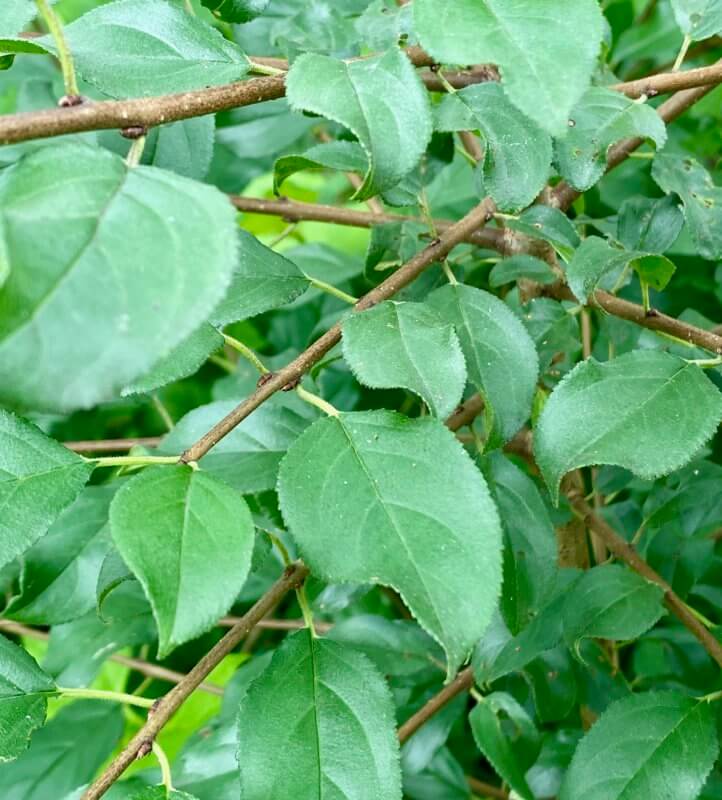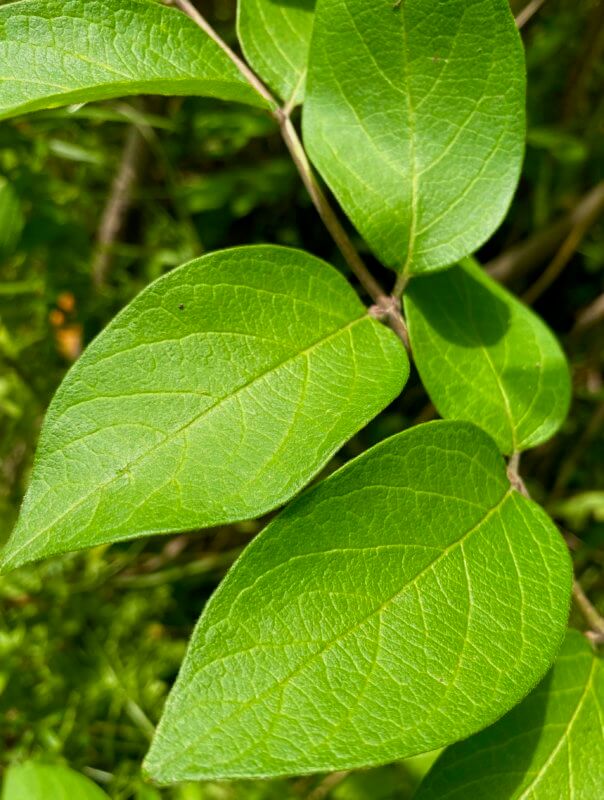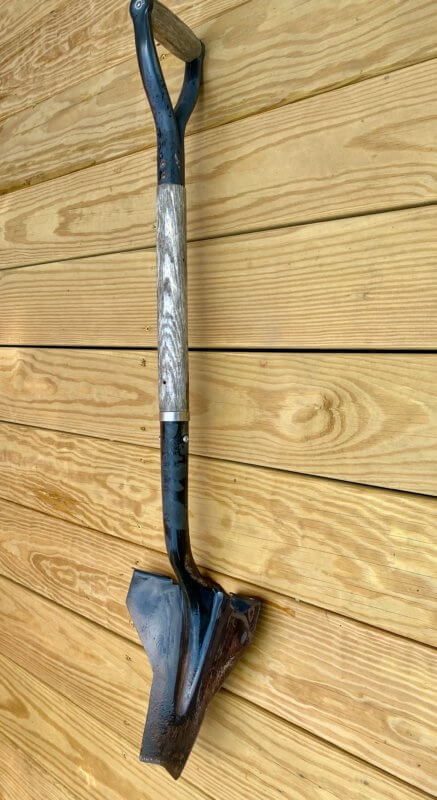Parsnip predator helps living with invasives for 28 years
We moved to our Spear Street home on two acres 28 years ago. Since then, Colleen and I have established gardens, planted berries and fruit trees, erected bird houses, started compost piles, built stone walls and replaced lawn with evergreen ground covers. Today, we live with a landscape that is dramatically different from the one we first viewed in 1994.

What’s absent is as interesting as what’s present. We still see many of the plants known as “invasives” — honeysuckle, buckthorn, wild parsnip, garlic mustard, wild grape and Virginia creeper, to name the most aggressive, but their numbers are going down each year.
We intensively manage about a third of our landscape — the gardens, fruit trees, berry bushes, groundcovers and lawn. On the other two thirds, we encourage native perennials, trees and shrubs, allowing the landscape to slowly return to forest. I intervene in the process to remove invasives, those that would otherwise out-compete the natives. Full disclosure: I also remove wild grape and Virginia creeper, two aggressive native vines.
We follow organic practices in our gardens, but for controlling invasives, I use Round Up (glyphosate) in some circumstances. I know that this is a controversial practice, one that Colleen doesn’t always agree with, and I respect the decision of those who choose not to use any herbicides in their yards and gardens.

Soon after we arrived in August 1994, I went after mature honeysuckles and buckthorns using a chainsaw and a circular saw mounted on a trimmer. To prevent regrowth, I treated the stumps with a spot application of concentrated Round Up. Covering the stumps with a dense black plastic to exclude light also works, but it’s more labor-intensive.
Every spring and summer while scouting for invasives, I always find plenty of young buckthorn and honeysuckle. They’re a foot or two tall, and are easy to pull, roots and all, especially the honeysuckle. Despite my efforts, I expect that young buckthorn and honeysuckle will keep germinating from the large seedbank that has accumulated on our land over many years.
At this time of year, wild parsnip has emerged and in a couple of weeks will start flowering and setting seed on roadsides, in old fields, and in yards and gardens all over Charlotte and beyond. Because wild parsnip is a biennial, the flower stalks appear during the second year after germination.
About five years ago, wild parsnip moved from the field to our south into two unmown areas of our landscape. At about this time, in a fortunate coincidence, I stumbled across a remarkable tool that has helped reduce our wild parsnip population. The “parsnip predator” is a modified spade developed for prairie restoration work. It has a narrow blade and a grip that is turned 90 degrees.
Starting in early June, I go out every couple of days, predator in hand, looking for flower stalks and immature yellow flowers. Holding the tool at an angle to the vertical, it’s very easy to push the blade into the soil, and to cut the plant’s root an inch or two below ground level. I’ve seen very little regrowth after using this method. Normally, the final step would be to take the wild parsnip stems and flowers to the burn pile. However, I usually cut the stems before the flowers have matured and so I leave them to rot on nearby lawn. The few wild parsnips that germinate are easily controlled by regular mowing.

When bruised, wild parsnip stems produce a nasty oil that in sunlight can cause blisters on unprotected body parts. So, it’s best to wear gloves, long pants and a long-sleeved shirt when working with wild parsnip.
In the southwest of our yard, the ground rises gently to the west. Gray dogwood and a native viburnum are moving in, along with two aggressive native vines: wild grape and Virginia creeper. Our plans for the area call for establishing a low maintenance pollinator plant garden and for encouraging native shrubs and trees.
Wild grape and Virginia creeper both have landscape value, but they can also smother shrubs and trees. So, in the fall of 2020, I started cutting and pulling out hundreds of yards of vines. Often, the vines led back to a single, mature stem. Cutting at ground level and applying Round Up to the stumps has eliminated about 75 percent of these two vines.
Landscapes are always in flux, and our climate is changing, so we can expect to see more invasive plants in the future. I look forward to identifying them, learning their ways, and then starting on the long process of management and elimination. Stay tuned.

